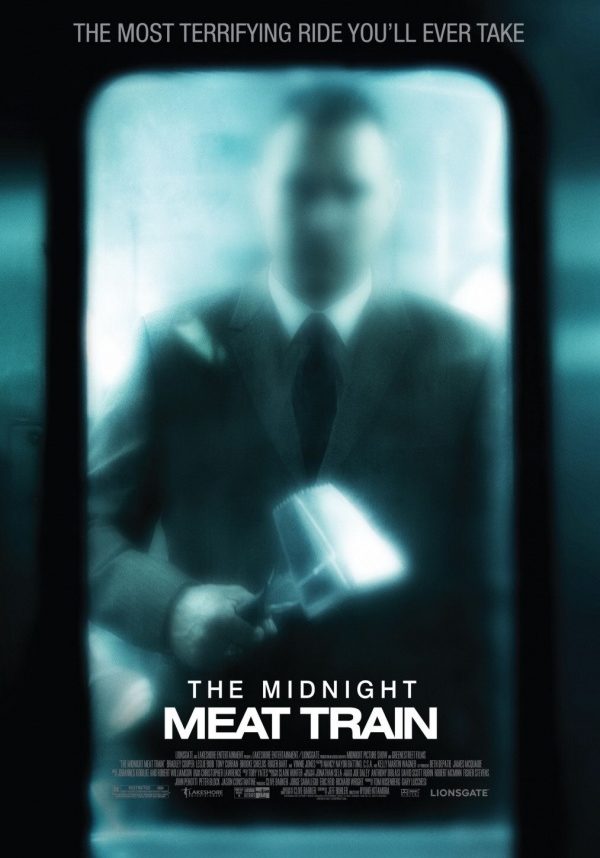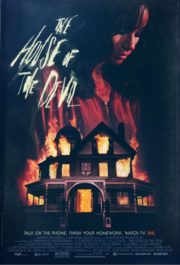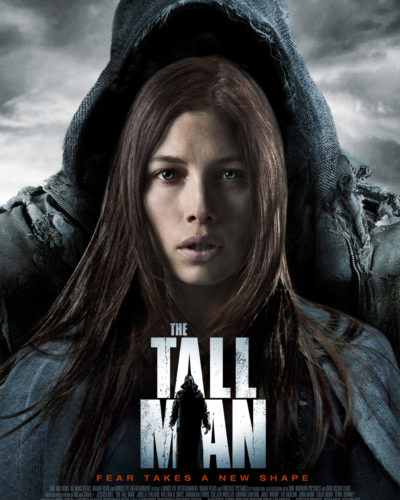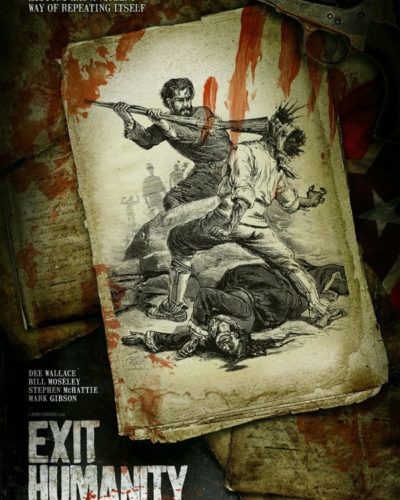“Descend into Madness: The Horrors of the Midnight Meat Train”
“The next stop is your last.” This chilling line from the 2008 horror flick ‘Midnight Meat Train’ sets the tone for a journey into the depths of terror. Directed by Ryuhei Kitamura and based on Clive Barker’s short story of the same name, the film introduces us to Leon, an aspiring photographer played by Bradley Cooper, who stumbles upon a diabolical secret lurking beneath the city’s streets. Venturing out of his comfort zone for the perfect shot, Leon’s discovery leads him onto the trail of a serial killer known as the ‘Subway Butcher’, plunging the audience into a world of unsettling horrors and relentless suspense.
Creating Nightmares: Atmosphere and Tone
The spine of any horror film is its atmosphere, and ‘Midnight Meat Train’ weaves its dark tapestry with skill. The perennial gloom of the city, the claustrophobic subway trains, and the stark dichotomy between daylight and the terrors of the night are anchored by a palpable sense of foreboding. Kitamura masterfully employs suspense, pacing each scene to slowly ratchet up the tension before careening into shocking moments of brutality. This push-pull dynamic between the quiet dread and explosive violence construes a landscape of fear for the audience.
Through the Lens: Cinematography and Visuals
Let’s dissect the film’s technical virtuosity. ‘Midnight Meat Train’ boasts a striking visual palette that plays on the contrast between the sanitized surfaces of the urban environment and the visceral carnage of the murders. The cinematography strategically employs oppressive angles and a cold, metallic color scheme to evoke an industrial hell. Special effects, including the judicious use of CGI, bolster the film’s gruesome tableaux, leaving indelible impressions of horror. Notably, the use of slow-motion techniques amplifies the brutality of each kill, creating an artistic, almost hypnotic horror that is as beautiful as it is disturbing.
Echoes in the Dark: Soundtrack and Sound Effects
The soundtrack and sound design in ‘Midnight Meat Train’ are nothing short of meticulous. The thrum of the train and the cacophony of the city become characters in their own right, while the score by Robert Williamson and Johannes Kobilke resonates with the impending doom. Moments of silence are wielded with as much precision as the butcher’s mallet, punctuating the film with a sense of dread that is often more terrifying than the explosions of violence. The discerning ear will appreciate the nuanced layers of sound that contribute to a perennially unsettling atmosphere.
Survivors and Butchers: Character Critique
The film grounds its horror through its characters, with Bradley Cooper delivering a performance that captures the heady mix of ambition and naiveté. As he descends deeper into the mystery, his transformation is palpable, reflected in both his intensifying obsession and his spiraling grasp on reality. Vinnie Jones is chillingly effective as the stoic slayer, emulating the air of an inhuman force. The supporting cast adds layers to the film, though sometimes their characters deserve a richer development. Nonetheless, their collective fear and confusion feed into the nightmarish world that ‘Midnight Meat Train’ constructs.
A Cut Above: Horror Classification and Fright Tactics
Straddling between the subgenres of psychological and body horror, ‘Midnight Meat Train’ proves unflinching in its portrayal of blood-soaked terror. The film challenges the norms by infusing its gruesome spectacle with an undercurrent of existential dread. The scares are a blend of the visceral and the psychological, leveraging both graphic imagery and the ominous uncertainty of what lies in the shadows. Kitamura’s execution of these techniques is adept, arguably elevating the film to a cult status in the pantheon of horror.
Under the Skin: Themes and Implications
‘Midnight Meat Train’ does not shy away from exploring deeper societal themes. Its vibrant take on urban alienation, the unseen dangers that lurk below the surface of everyday life, and the price of artistic ambition, all contribute to its layered narrative. The film nudges viewers to ponder the notion of what monsters we might be living alongside, or what darkness lies within ourselves. These contemplative threads elevate the film from mere gore-fest to a more reflective horror experience.
The Verdict: Fear’s New Station
When the last train car comes to a stop, one thing is certain—’Midnight Meat Train’ is a harrowing experience. It’s a film that impresses with its ability to instill both immediate terror and lingering unease. The movie may not be everyone’s designated route, particularly those faint of heart or averse to graphic violence. Nonetheless, it is likely to satisfy horror connoisseurs seeking thrills that dig beneath the skin. Casual viewers might find it a tough ride, but for those intrigued by the genre’s darker corners, it’s a must-watch.
In comparison to horror classics like ‘Hellraiser’—another brainchild of Clive Barker—’Midnight Meat Train’ holds its own with a unique visual and narrative flair. Among contemporaries, it wields its unapologetic brutality much like ‘Saw’, yet maintains a distinctive, almost noir-esque identity.
In conclusion, ‘Midnight Meat Train’ is a visceral journey not soon forgotten, balancing razor-sharp tension with a deep-cutting cinematic style. Its strengths lie in the way it engages and manipulates the senses, while its weaknesses may be seen in character development and its lean towards style over substance in parts. Viewer discretion is advised due to its extreme content, but for those aboard the horror train seeking the next terrifying destination, this film awaits with its doors wide open.




